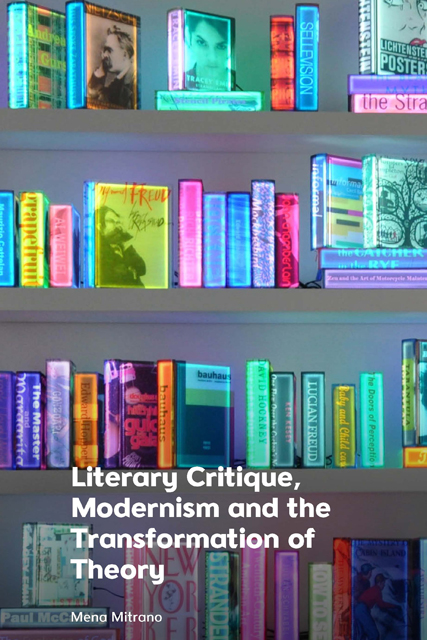Book contents
- Frontmatter
- Contents
- List of Figures
- Acknowledgments
- Introduction
- 1 What is Critique?: Three Types of Indocility
- 2 Theory: Thinking with Literature
- 3 What is a Critic?: Weak Thought, Weak Theory, Italian Theory
- 4 Language: The Return to Saussure
- 5 Tradition: Eliot and Work
- 6 Text and Method: Cixous–Joyce–Lispector
- 7 Poststructuralism: Faith and Lacan
- Conclusion: Depending on Your Neighbor
- Bibliography
- Index
Introduction
Published online by Cambridge University Press: 25 April 2023
- Frontmatter
- Contents
- List of Figures
- Acknowledgments
- Introduction
- 1 What is Critique?: Three Types of Indocility
- 2 Theory: Thinking with Literature
- 3 What is a Critic?: Weak Thought, Weak Theory, Italian Theory
- 4 Language: The Return to Saussure
- 5 Tradition: Eliot and Work
- 6 Text and Method: Cixous–Joyce–Lispector
- 7 Poststructuralism: Faith and Lacan
- Conclusion: Depending on Your Neighbor
- Bibliography
- Index
Summary
Hollow forms
South Korean artist Airan Kang uses books to transform space and incorporate them in ordinary life. This is especially the case with Digital Book Project (2000–present), which has been shown at several galleries around the world (Figures 1–3). I first saw it in 2016 as part of the exhibit New Romance—Art and the Posthuman, at the Museum of Contemporary Art in Sydney, Australia. Kang’s project consists of installations made of sculptures in the form of books created with resin and LED devices that emit colorful lights programmed to change in luminosity, chromatic nuances, and intensity. Kang’s books are not books in the traditional sense. We cannot open them. They are virtual books, that is to say, hollow book forms. Hong-Hee Kim defines a virtual book as “an electronically luminescent book; EL (Electro Luminescence is an optical phenomenon in which a material emits light in response to an electric current passing through it) light is embedded in a hollow book form cast from transparent synthetic resin” (9). But Kang’s hollow forms are not a statement against real books. Her virtual books do not oppose real books; rather, the two join forces to extend the role of books as supplements of human existence. The artist creates synesthetic environments in which the book is present and engages the visitor at a multisensory level. Within these environments, her books invite and support reflection on reading as a human activity.
Describing Digital Book Project, Anna Davies, the curator of the 2016 Sydney exhibit, proposes that Kang explores “the book as a symbol of human knowledge,” and that, in doing so, she raises questions about our capacity to protect and preserve what we know: “‘How will we store information in the future?’, ‘What bits of it will we value?’ and ‘Will we still absorb it in the same ways?’” (n.p.). Davies captures an aspect of Kang’s work that resonates in particularly striking ways with literary studies today: the idea of texts as “wounded and vulnerable artifacts” (Felski, “Introduction” 217). For if the questions posed by Kang’s art concern our capacity to preserve and to understand what we value, those questions bear on the core activity of literary studies, that is, criticism.
- Type
- Chapter
- Information
- Publisher: Edinburgh University PressPrint publication year: 2022



